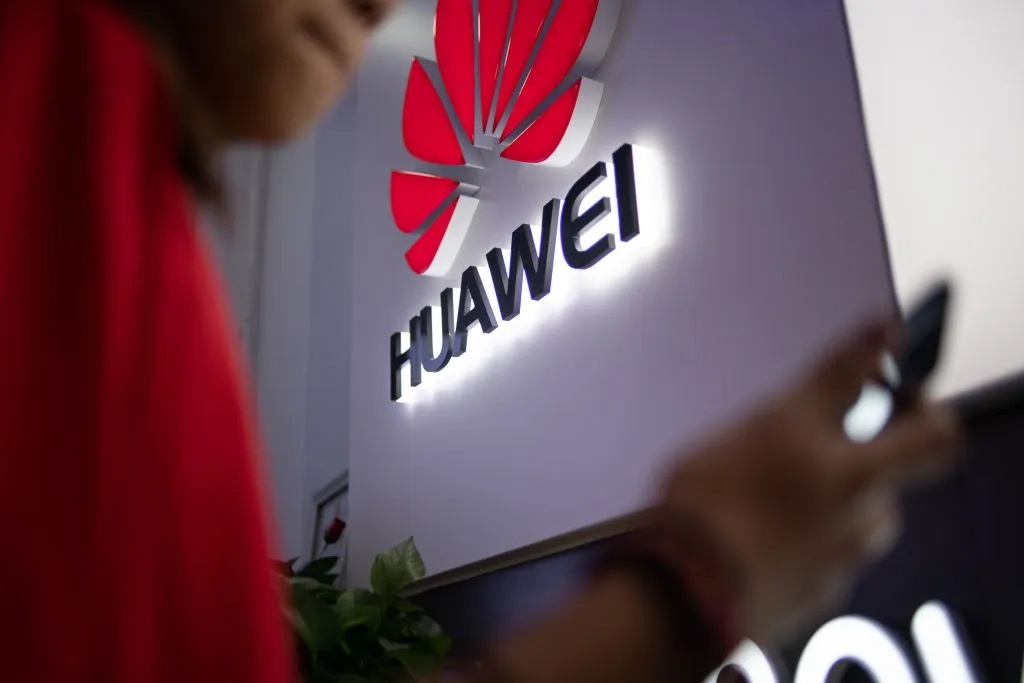The trade ban imposed by the U.S. has turned out to be a blessing in disguise for Chinese tech giant Huawei, pushing them to accelerate their journey towards technological self-sufficiency. This path became clearer when Huawei introduced the Kirin 9000S chip for the Mate 60 series, later extending this innovation to the Kirin X90 chip for its foldable laptop line. 
According to the company’s CEO, Ren Zhengfei, Huawei’s chips are now ‘just one generation behind’ those of the U.S., signaling a noteworthy leap in its chip-making capabilities. But is this claim entirely accurate?
Ren’s comments were made during an interview with the People’s Daily, the Communist Party’s official newspaper, where he downplayed the fears surrounding the U.S. trade restrictions and emphasized Huawei’s determination to bridge the technological gap. While it may sound like the company is nearing parity with U.S. technology, Ren also acknowledged that there is still work to be done. In his own words, ‘Huawei is not that great. We have to work hard to reach their evaluation. Our single chip is still behind the U.S. by a generation.’ Huawei’s CEO emphasized the company’s focus on research, particularly in theoretical science, which makes up about a third of their $25.07 billion annual research budget. Ren believes that this commitment to theory is essential for achieving breakthroughs that will help China catch up with the U.S. in the chip race.
One of the ways Huawei plans to close this gap is through the use of cluster computing. Rather than relying solely on a single chip to power its devices, Huawei is turning to distributed computing to supplement Moore’s Law and enhance the performance of its chips. This innovative approach has helped the company develop chips that deliver practical results, even if they aren’t yet on par with the most advanced American technology.
To further solidify its position, Huawei has invested heavily in domestic production. The company currently operates 11 plants across China and is working with its chipmaking partner SiCarrier, which is reportedly seeking $2.8 billion to acquire the tools necessary to compete with ASML and produce next-generation extreme ultraviolet (EUV) lithography tools. This would allow Huawei to produce more advanced chips without relying on foreign suppliers.
Despite the hurdles, Ren remains optimistic about Huawei’s future. With billions being poured into research and development, the company is aiming to continue pushing the boundaries of what’s possible in chipmaking. However, it’s clear that while Huawei has made impressive strides, it still faces significant challenges in catching up with U.S. technological leaders.